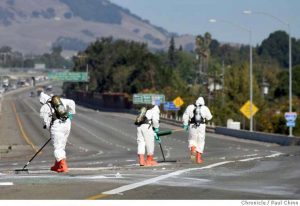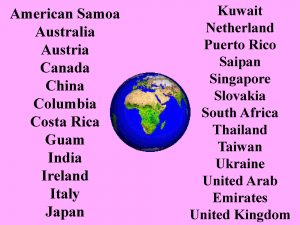Today, the HazCat® System is used by environmental professionals and emergency responders throughout North America, including the Environmental Protection Agency, the Centers for Disease Control, the Department of Defense, the Department of Energy, the Army Corps of Engineers, the U.S. Coast Guard’s Hazardous Materials Strike Team and most major North American Fire Departments. HazCat® is also used in Asia, Europe, Greece and several former Soviet Union nations.
For nearly a quarter of a century, HazTech Systems™, Inc. has equipped public safety personnel with the tools and certified training to identify the unknown chemicals involved with chemical spills and hazardous material releases.
The terrorist events of September 11, 2001 changed the landscape in which the emergency response community operates. The HazTech Science Team has responded to this event with a Biological substance identification methodology that is in use today.
Terrorism and the threat of terrorism has become a part of everyday life. Almost overnight the term “Weapons of Mass Destruction” became part of the national lexicon. With regard to the anthrax releases in 2002, although causalities were low, the public concern these releases created, required health officials and safety personnel to respond to tens of thousands of unfounded incidents. HazTech Systems™ Inc. is meeting the challenge of the post 9/11 environment by providing comprehensive, easy to use, approaches to identifying the unknown substances involved with chemical, biological and radiological events as well as industrial chemical and clandestine lab releases.




